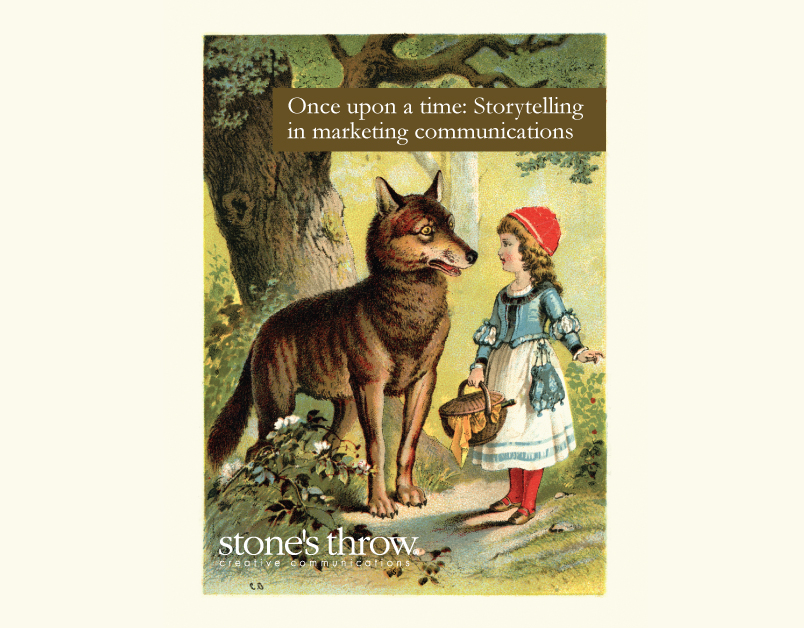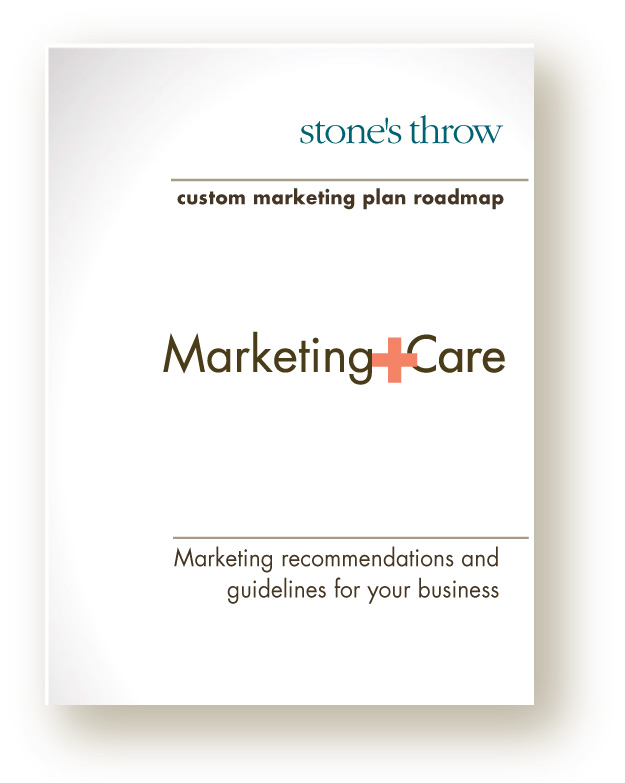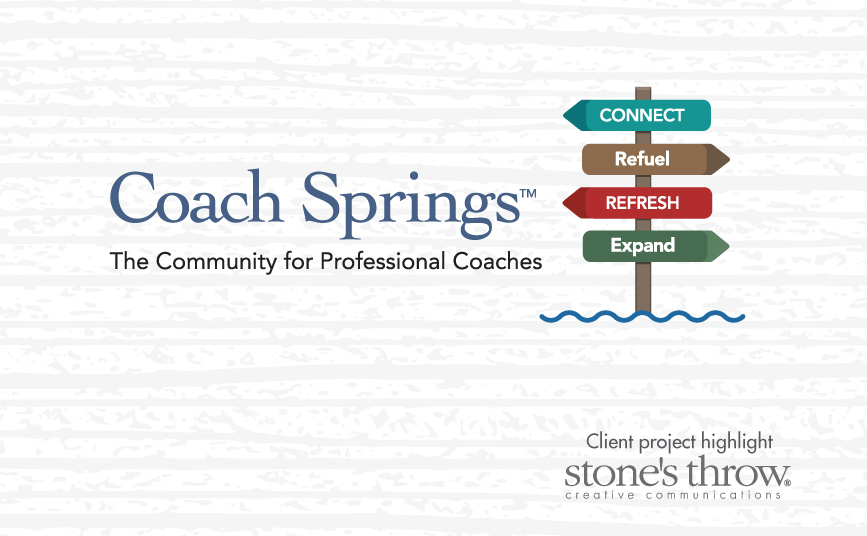I have been writing professionally for more than thirty years. For most of that time I’ve written communications for organizations whose teams seek engagement with educators, innovators, healthcare providers, patients, and students: a wide range, for sure, and an often-challenging one. With any writing assignment, I strive to bring the audience closer. That’s what successful communication does; it fosters a bond. Today, that bond-building communication is sometimes labeled storytelling. You’ve likely seen the word in the LinkedIn profiles of some highly regarded marketing gurus (or perhaps you’ve used it yourself). It sounds almost simplistic, easy, a child’s activity, but the act of storytelling is very far from inventing dreamlike tales about a product or service that the protagonist can use to slay the proverbial dragon. It’s serious writing that opens the door for your optimal audience to see themselves benefiting from a relationship with you. Although the language we use to describe it continues to evolve, storytelling has been at the core of good communications all along, like Dorothy’s power to get home.
Let’s turn back a few pages in time.
David Ogilvy, the British advertising innovator who came to wide acclaim in the mid-twentieth century, credited his success to deep and detailed research into the habits of consumers. He also created the concept of “branding”, linking the product and product name so tightly that it generated a loyalty to the brand. In his 1983 classic Ogilvy on Advertising, Ogilvy writes about storytelling: “Don’t write essays. Tell your reader what your product will do for him or her, and tell it with specifics. Write your copy in the form of a story, as in the advertisement which carried the headline, ‘The amazing story of a Zippo [lighter] that worked after being taken from the belly of a fish.’”1
John Caples, another old-timey copywriting pioneer, developed advertising methods in the 1920s that suggested that using exact specifics (that means 52.7% rather than 50%) ensures your writing feels more authentic to your audience. In his groundbreaking book Tested Advertising Methods, Caples teaches how details help create a far more compelling and authentic story than vague statistics.2 (Caples wrote the indelible ad headline, “They laughed when I sat down at the piano / but when I started to play!—” turning the universal fear of ridicule into effective storytelling that moved readers.)
Helen Lansdowne Resor, is not only credited as the first woman to design and implement national ad campaigns, she broke ground for women in the advertising industry (another story to tell there!), changing attitudes, minds, and business practices. Resor developed an editorial approach to her advertisements that read like a feature story, incorporating testimonials, emotional resonance, and carefully crafted descriptions of how the product benefitted the user. Resor’s 1911 copy for the Woodbury Soap Company is still quoted today: “A skin you love to touch. You, too, can have its charm…”3
These are just a few examples of copywriters who intentionally used the power of storytelling (and called it storytelling) to bring their readers closer…and all of them were writing nearly a century ago, once upon a time.

References:
- Ogilvy D. Ogilvy on Advertising. New York: Vintage Books; 1983:81.
- Caples J. Tested Advertising Methods (4th Revised Edition). New Jersey: Prentice Hall Trade; 1980.
- Burn D. “Helen Lansdowne Resor, Ad Legend”. Adpulp Website. https://adpulp.com/helen-lansdowne-resor-ad-legend/ Published July 9, 2020. Accessed April 23, 2024.





 Spend more time on what works and less time chasing white rabbits. MarketingCare provides smaller to mid-size organizations with insightful feedback and step-by-step recommendations for marketing with impact.
Spend more time on what works and less time chasing white rabbits. MarketingCare provides smaller to mid-size organizations with insightful feedback and step-by-step recommendations for marketing with impact.





